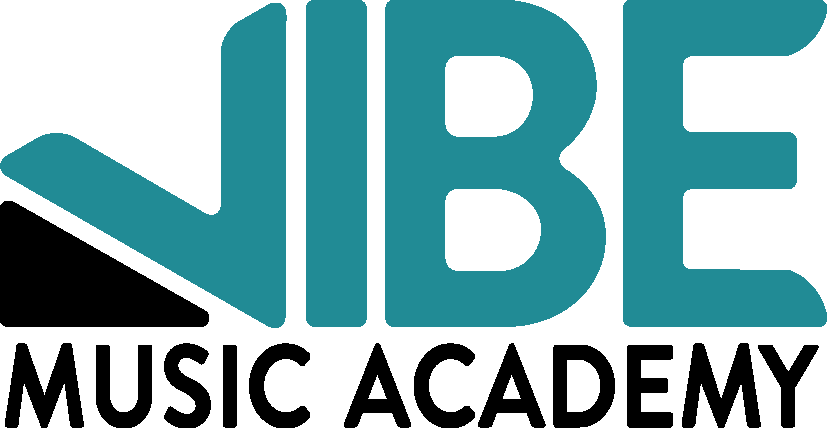No matter the age, music theory can be made into an fun and enjoyable subject. Even though we at Vibe love getting nerdy and possibly talking too long about all of the theoretical knowledge we geek-out on, we are careful to present music theory in our lessons with a completely understandable approach for even the youngest ages. Here’s a fun way to supplement your student’s learning in music theory with none other than… a pizza!
Note lengths
In music notation (the way music is printed on a page or written down), every single note to play or sing has a certain length in time associated with it. This “length” that the note is to be held out or continuously heard is quantified by a beat. Further, (stay with me here) a beat is a single pulse of the speed of the music. For example, in one song the beat could be at 60 Beats Per Minute (BPM). That would mean one beat would last for one second. If you’ve made it this far, you’re doing great!
If notes are written out on a page with an existing beat in place, then their lengths combined with that beat is exactly how we figure out how long to play or sing a note. We teach our students very early the names of the most common of these notes, which are the following: quarter notes, half notes, dotted half notes, and whole notes. Here’s where the pizza comes in. You ready?
This pizza represents a “measure” of music, which is a combination of a certain number of beats - most commonly four beats. So, suppose that this pizza were cut into four equal slices (are you hungry yet?). Four quarters of the pizza were to be available to eat.
Quarter Notes
In this situation, a quarter of this pizza would mean you’d get to eat one single slice of pizza. This note would also consume one slice of pizza; therefore quarter notes are worth one beat.
Half Notes
Just like if you were to eat half the pizza, half notes would consume two entire slices of pizza. Therefore, half notes are worth two beats.
Dotted Half Notes
A dot next to a note in music means it transforms into 150% (or 1.5 times) the amount of the note next to it. If a dot (hence a dotted half note) was placed next to a half note, the dot would force: 2 x 1.5 = 3. This note would consume three slices of pizza then, and therefore dotted half notes are worth three beats.
Whole Notes
Whole notes are the “whole” of the pizza, literally! This note would consume all four slices of the pizza; therefore whole notes are worth four beats.
Using visual cues to relate to student experiences
That wasn’t too bad, right? You might be saying this, but in a young student’s fresh mind, all of these terms to describe weird symbols that look like a different language on the page can be overwhelming. To combat this, we try to use as many visual cues as possible to assist both 1) their ability to “buy in” to the content and recognize it as worthy of their time, and 2) their memory in recalling what to call those weird symbols are when they see them.
The above two items are incredibly important, and if pizza does the trick, then we are all about it! If this concept intrigues you, or you want other ideas to help your student understand music theory concepts, please don’t hesitate to reach out to us! We’d love to hear from you.
- Tyler Long, Administrative Assistant/Music Instructor at Vibe Music Academy.







